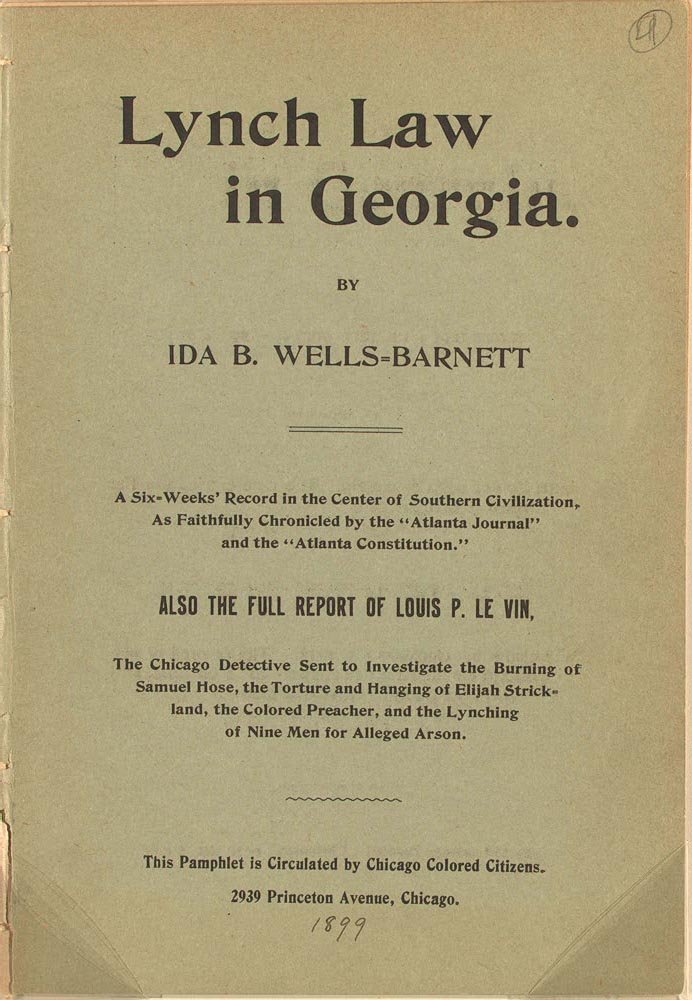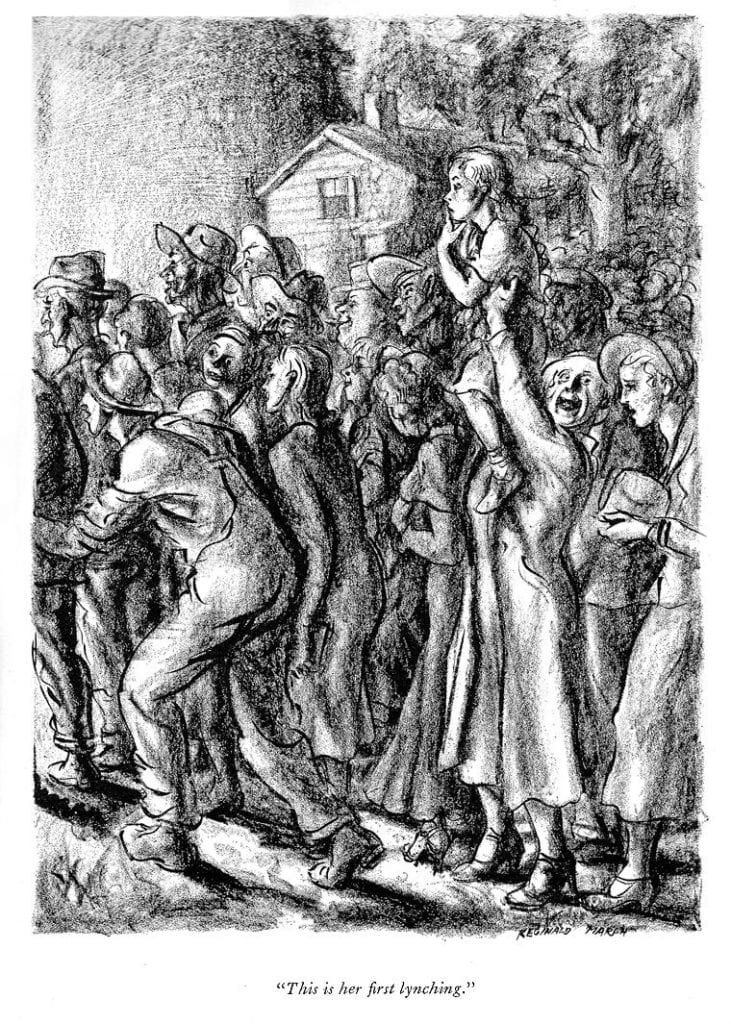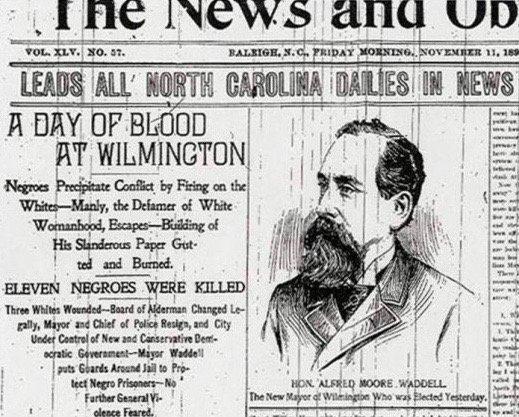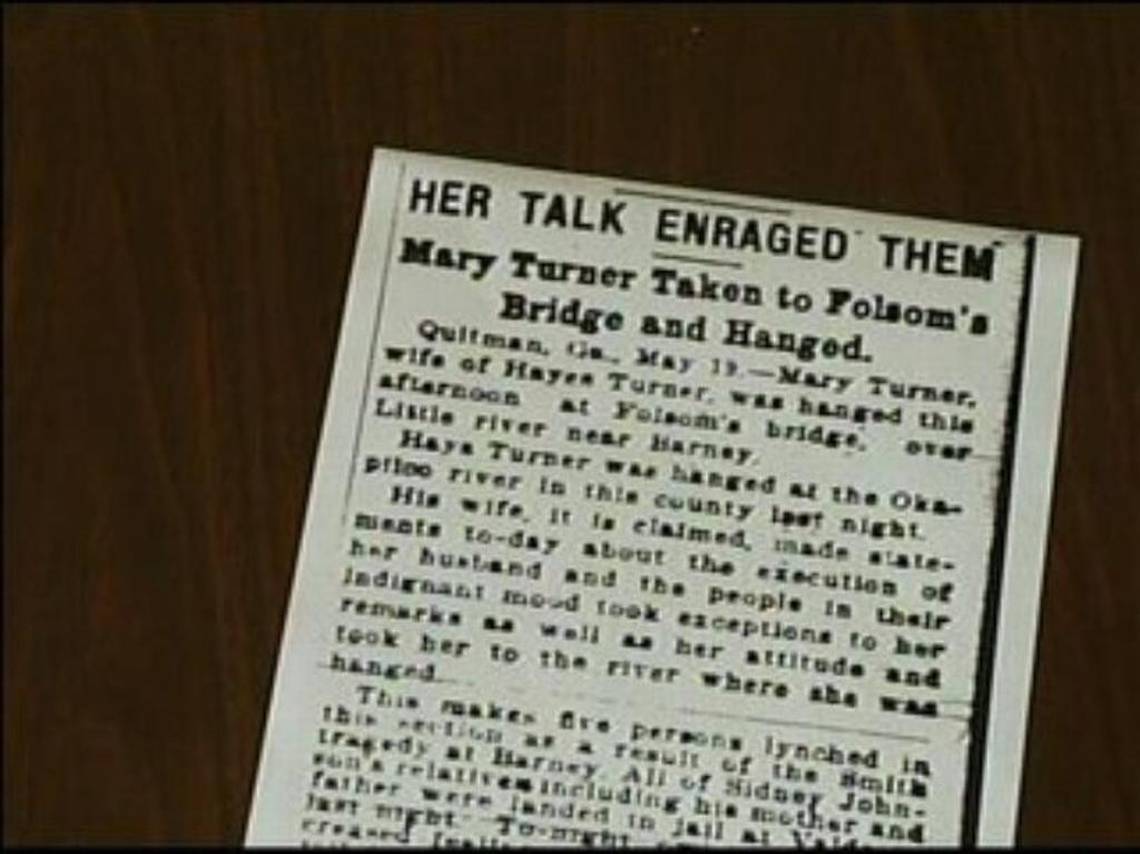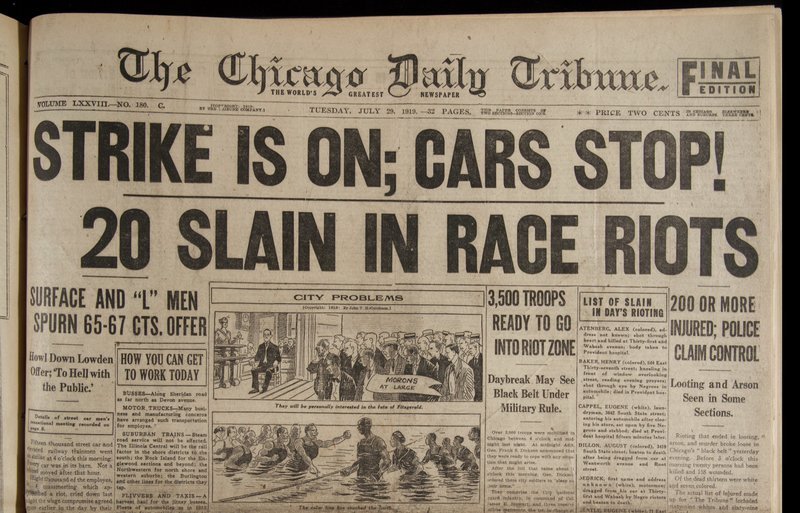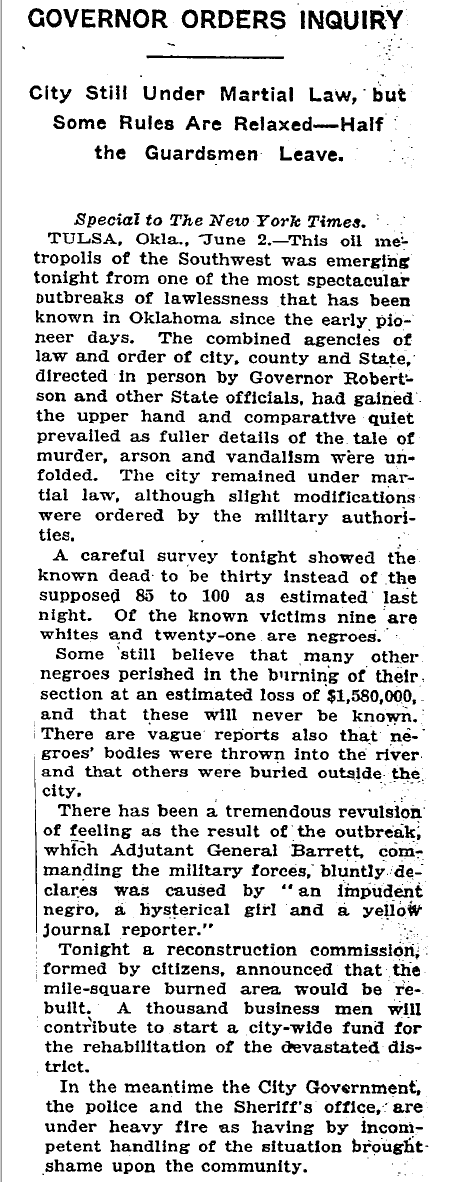zinnedproject.org/if-we-knew-our…
screenrant.com/watchmen-show-…
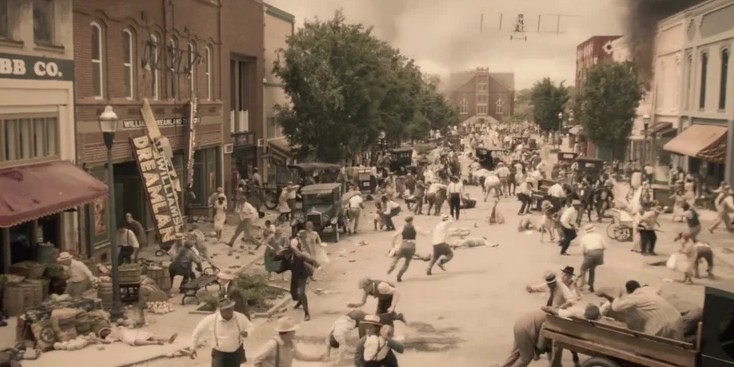
theatlantic.com/magazine/archi…
dailykos.com/stories/2019/2…
lynchinginamerica.eji.org/report/
lynchinginamerica.eji.org/report/#lynchi…
slate.com/human-interest…
nytimes.com/2018/04/25/us/…
'
amazon.com/Without-Sanctu…
en.wikipedia.org/wiki/The_Clans…
en.wikipedia.org/wiki/The_Birth…
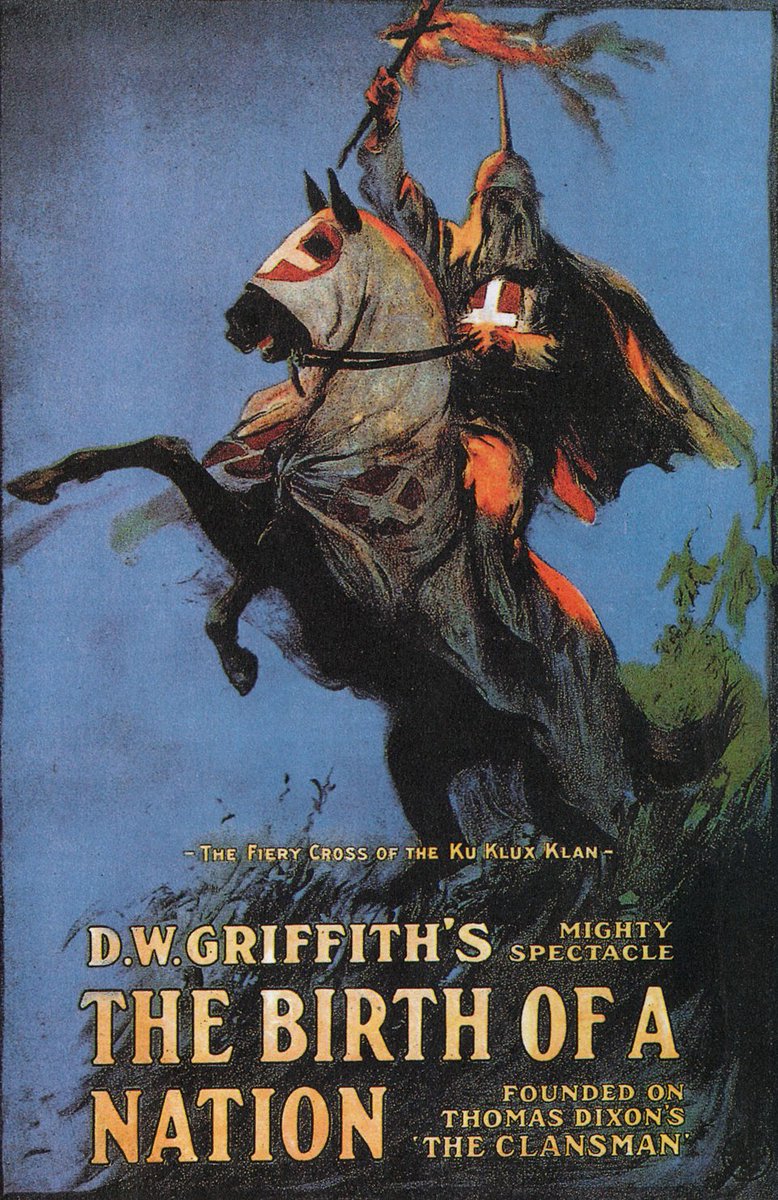
en.wikipedia.org/wiki/Nadir_of_…
en.wikipedia.org/wiki/Great_Mig…

smithsonianmag.com/smithsonian-in…
en.wikipedia.org/wiki/African_A…
eji.org/reports/online…
penguinrandomhouse.com/books/42828/at…


pensacolian.com/2019/03/13/the…

zinnedproject.org/news/tdih/jenk…
zinnedproject.org/news/tdih/char…
encyclopediaofarkansas.net/entries/frank-…
janvoogd.wordpress.com/2009/05/25/90t…
en.wikipedia.org/wiki/Putnam_Co…

en.wikipedia.org/wiki/New_Londo…
en.wikipedia.org/wiki/Annapolis…

en.wikipedia.org/wiki/Macon,_Mi…
zinnedproject.org/news/tdih/brew…
en.wikipedia.org/wiki/Race_riot…
zinnedproject.org/news/tdih/long…
taskandpurpose.com/tragic-ignored…

en.wikipedia.org/wiki/Port_Arth…

blackpast.org/african-americ…
zinnedproject.org/news/tdih/red-…
en.wikipedia.org/wiki/1919_Norf…

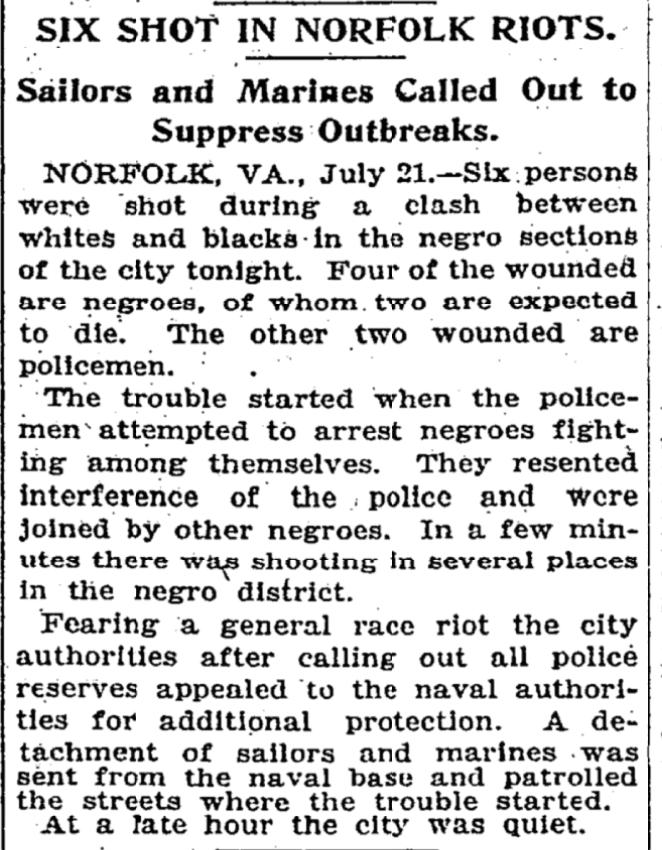
zinnedproject.org/news/tdih/riot…
britannica.com/event/Chicago-…
en.wikipedia.org/wiki/Newberry_…


encyclopediaofarkansas.net/entries/clinto…
en.wikipedia.org/wiki/Laurens_C…

tennesseeencyclopedia.net/entry.php?rec=…
zinnedproject.org/news/tdih/omah…
en.wikipedia.org/wiki/Edward_Pa…
zinnedproject.org/news/tdih/elai…
encyclopediaofarkansas.net/entries/elaine…
patrickmurfin.blogspot.com/2019/10/the-el…
cnn.com/2019/09/28/us/…
npr.org/templates/stor…
books.google.com/books/about/Su…

zinnedproject.org/if-we-knew-our…
zinnedproject.org/news/tdih/ocoe…
eji.org/news/eji-unvei…
facingsouth.org/2010/05/ocoee-…
medium.com/florida-histor…
books.google.com/books/about/Su…



zinnedproject.org/news/tdih/tuls…
timeline.com/history-tulsa-…
history.com/topics/roaring…
smithsonianmag.com/smithsonian-in…
vox.com/2016/6/1/11827…


history.com/topics/early-2…
ajc.com/news/national/…
washingtonpost.com/archive/lifest…
timeline.com/all-black-town…
proquest.com/blog/eosblog/2…
huffpost.com/entry/1917-sil…
en.wikipedia.org/wiki/A_man_was…

washingtonpost.com/outlook/2018/1…
gilderlehrman.org/history-now/es…
prospect.org/justice/civil-…
theguardian.com/us-news/2018/a…
zinnedproject.org/if-we-knew-our…
books.google.com/books/about/Su…
abhmuseum.org/sundown-towns-…
csmonitor.com/USA/Society/20…
sundown.tougaloo.edu/sundowntowns.p…
books.google.com/books/about/Re…
zinnedproject.org/if-we-knew-our…
nytimes.com/2019/08/31/us/…
theroot.com/nearly-100-yea…
lynchinginamerica.eji.org/report/#legacy…
heraldsun.com/opinion/articl…
theatlantic.com/magazine/archi…
amazon.com/White-Ally-Too…
monroeworktoday.org/lynching.html
museumandmemorial.eji.org
sundown.tougaloo.edu/sundowntowns.p…
Additional reading:
amazon.com/Red-Summer-Awa…
amazon.com/1919-Year-Raci…
amazon.com/Laps-Gods-Summ…
amazon.com/Without-Sanctu…
amazon.com/At-Hands-Perso…
amazon.com/Lynching-Spect…







